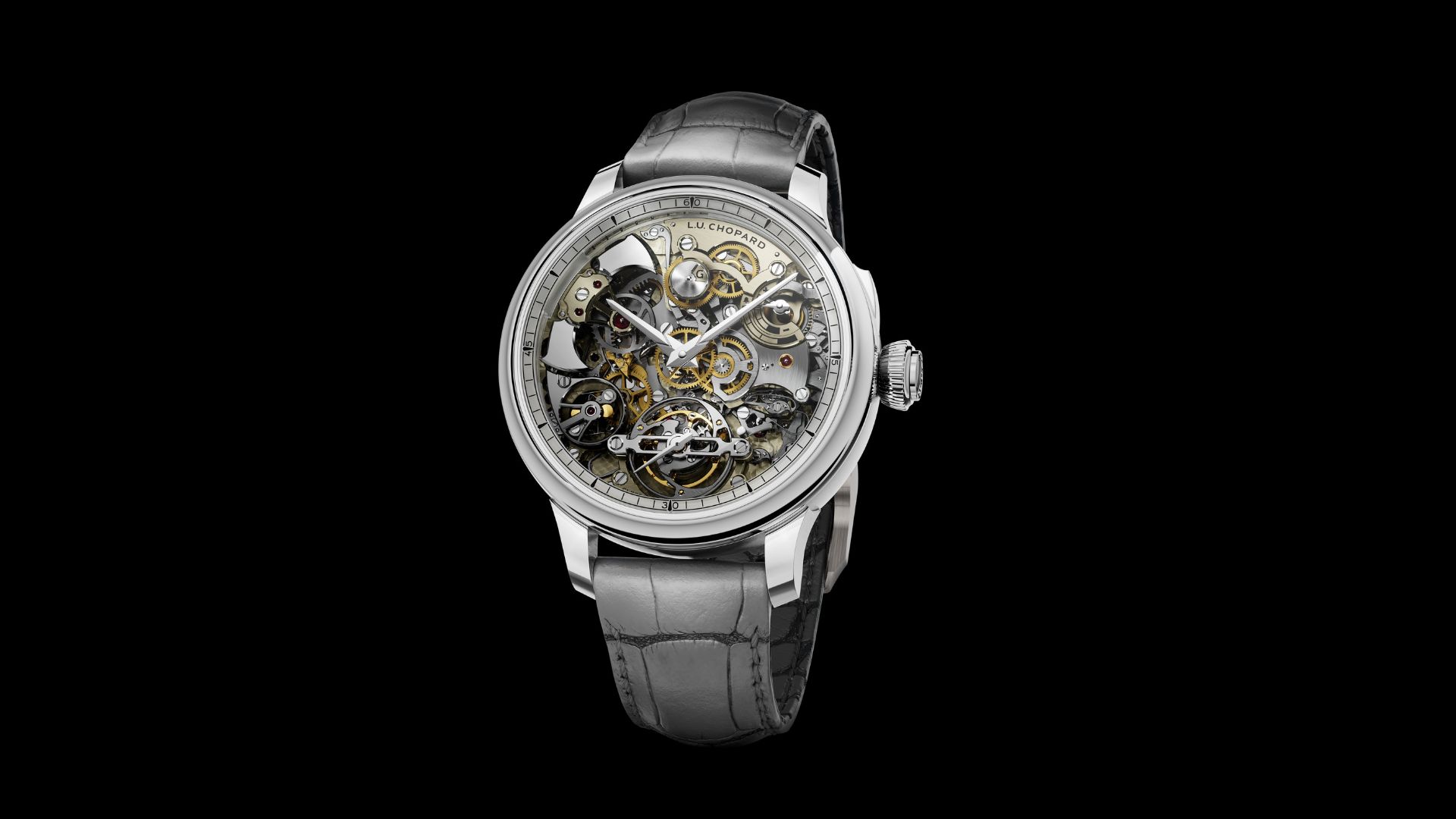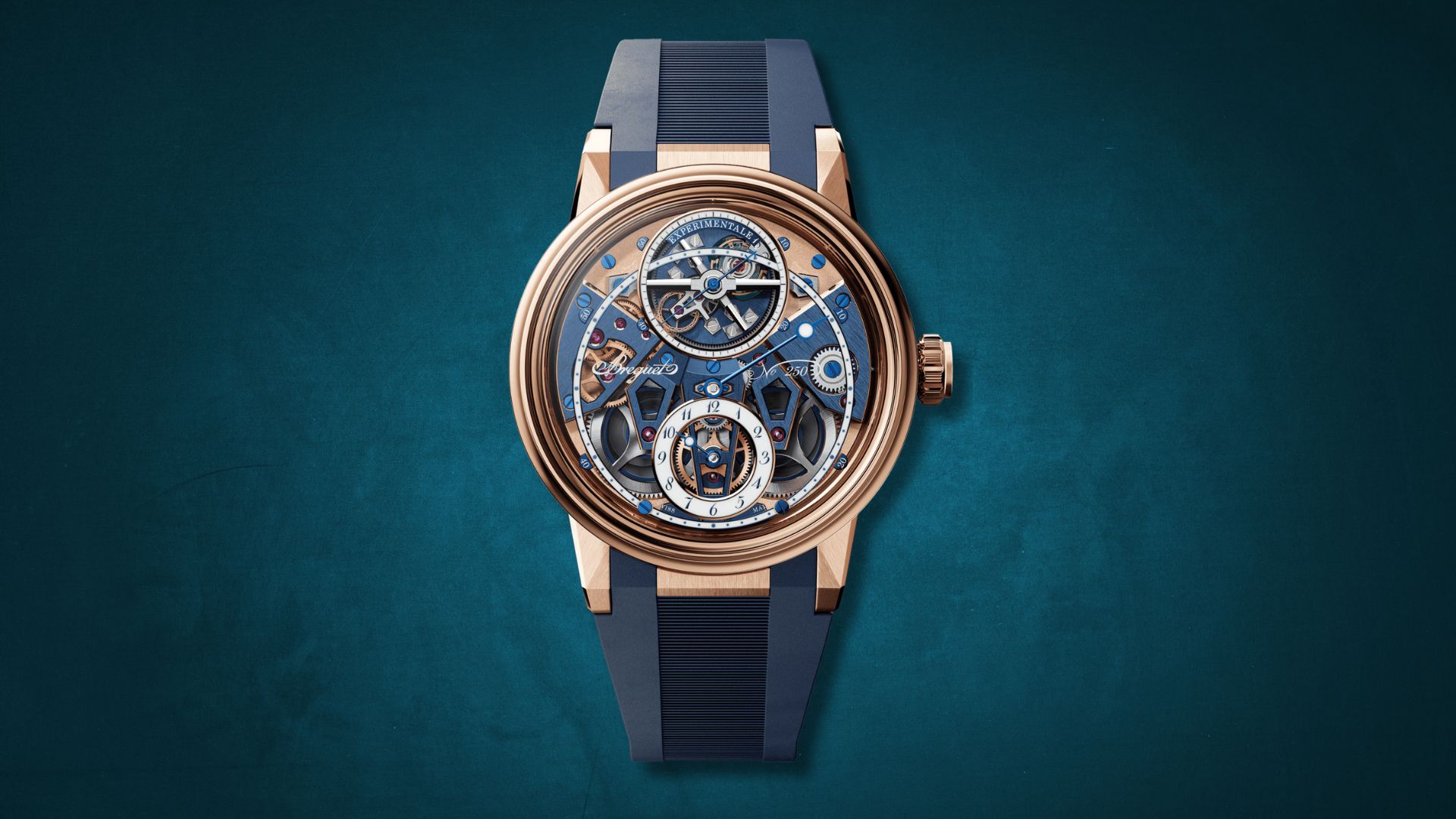Audemars Piguet Reveals Three New Royal Oak Double Balance Wheel Openworked Models


In horology, sophistication encompasses various aspects, such as design, craftsmanship, materials, and technology. High-end watches are often handcrafted by skilled artisans. Intricate details and precise assembly reflect the expertise of such artisans. Many luxury watches also include complicated movements, openworked or otherwise, such as tourbillons, perpetual calendars, and double balance wheels, underscoring the technical prowess and ingenuity of the watchmaker concerned. Audemars Piguet is certainly one of the leading luxury watch brands that are known for the awe-inspiring level of sophistication in their products. To illustrate the point, the watchmaker has now released three new 41 mm models housed in stainless steel (Ref. 15407ST.OO.1220ST.02), black ceramic (Ref. 15416CE.OO.1225CE.02), and 18 ct yellow gold (Ref. 15407BA.OO.1220BA.01) cases. All boast the openworked architecture of Calibre 3132.
.jpg)
A double balance openwork in timepieces refers to a sophisticated and visually striking mechanism wherein two balance wheels are used to improve timekeeping accuracy. These balance wheels are typically displayed prominently, often through an openwork (or skeletonised) design, which means parts of the watch's movement are cut away to reveal the intricate inner workings. The use of two balance wheels can reduce errors caused by the watch's position, temperature changes, and other factors, leading to more precise timekeeping.

The 41 mm case of each AP variant has a lean height of 9.9 mm, and features the Royal Oak's characteristic octagonal bezel with eight hexagonal screws and a crown at 3 o’clock. The Royal Oak has an identifiable geometry, with vertical satin-brushed finishes and highly polished bevels. Each of the stainless steel and black ceramic models gets a pink gold-toned openworked inner bezel and screws. The openworked movement and inner bezels of the steel and black ceramic versions have a new pink-gold tone that adds a warm and lively touch to each watch, while emphasising the precision of its various components.
.jpg)
The 18-carat white gold hour markers and hands on the stainless-steel version provide clear readability, while those on the ceramic model are made of blackened rhodium. Finally, the seconds indicator and the "Audemars Piguet" signature are printed in black on the inside bezel. The yellow gold variant emphasises the many components of Calibre 3132, which include an anthracite movement with an inner bezel matching the seconds scale and the "Audemars Piguet" symbol printed in white. The yellow gold hour markers and hands with an illuminating material emphasise the two-tone style, ensuring optimal visibility even in low-light conditions.

Openworking has been an AP expertise since the 1930s. By reducing as much material as possible from the mainplate and bridges, light floods the movement from the front and rear. The intricately curved bridges are carved using computer numerical control (CNC) machining and then embellished with conventional finishings, such as polished bevels, straight-grained surfaces, and hand-crafted V-angles. The system uses two balancing wheels at 1 o’clock and 8 o’clock, and two hairsprings mounted on the same axis. The double balancing wheel is visible on both sides of the case. The openworked bridges on either side of the timepiece reveal parts of the gear train.

The collection is powered by the self-winding Calibre 3132 with a 45-hour power reserve. “Limited Edition of 150 Pieces” is engraved on the titanium and sapphire caseback of the black ceramic reference. The openworked oscillating weight, matching the colour of the case for the steel and yellow gold models or harmonised with the pink gold movement for the black ceramic version, completes the contrasted aesthetic of these three references. The watches are finished on bracelets that match their respective case materials with an AP folding clasp.



















